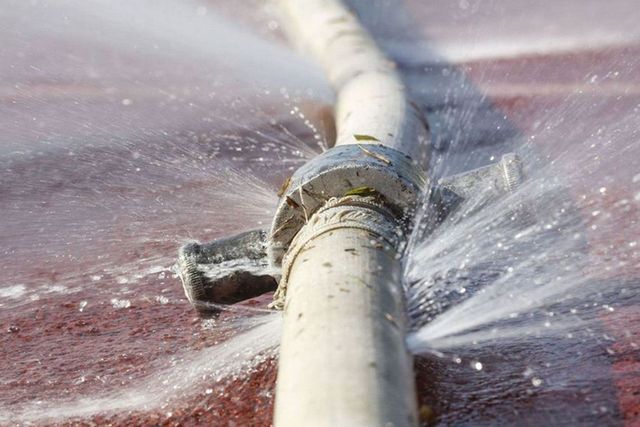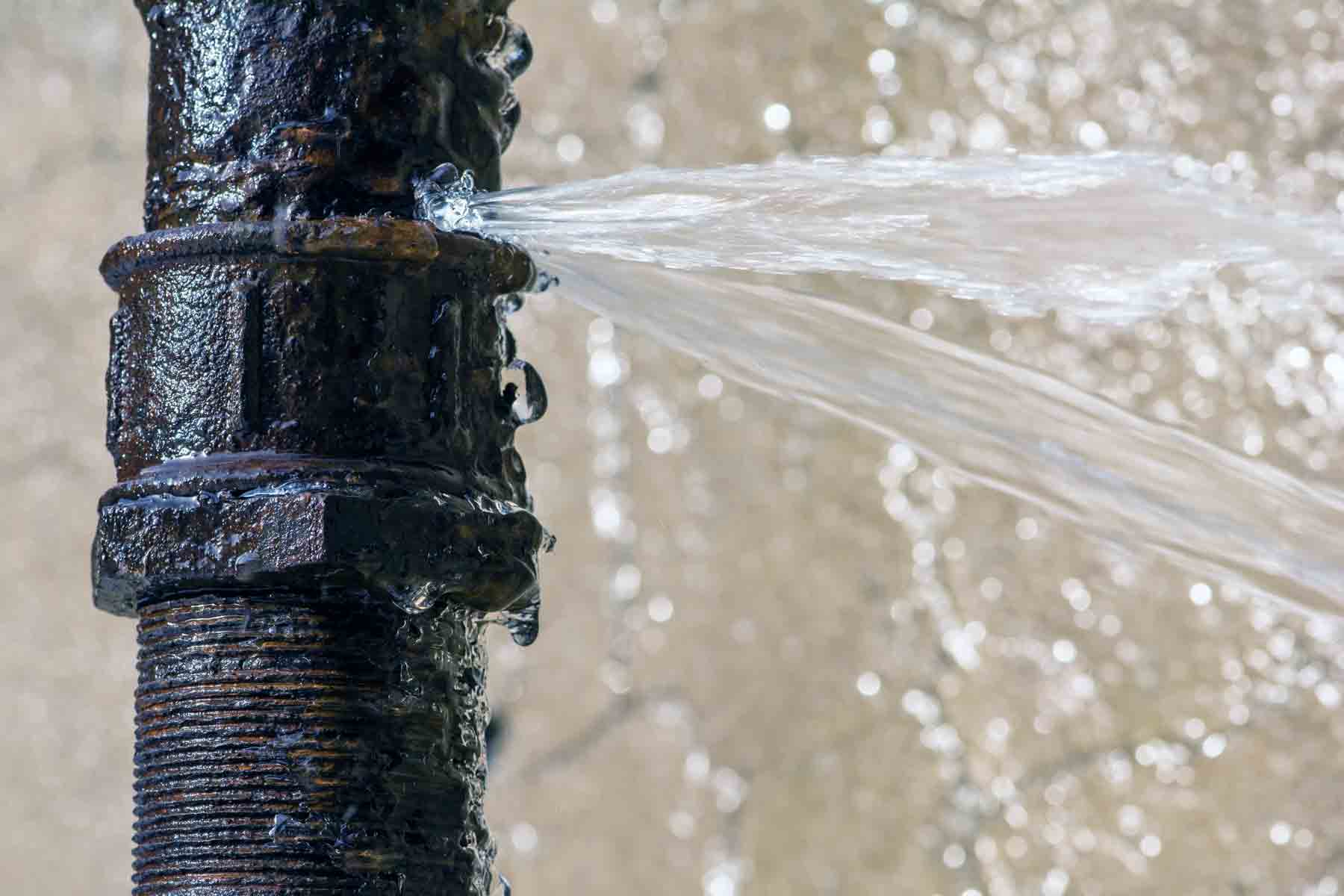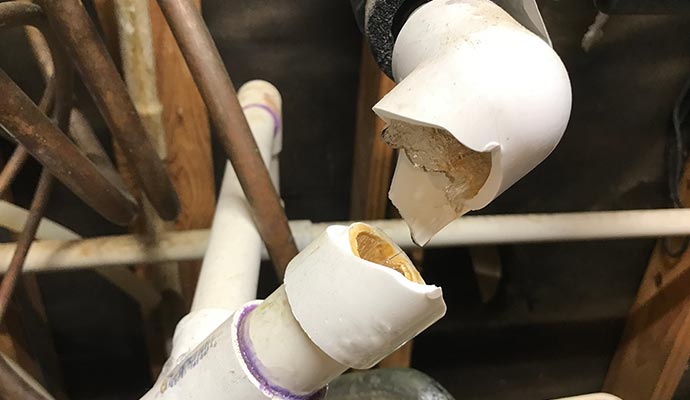Avoiding Ruptured Pipeline: Crucial Tips to Protect Your Pipes
Protecting against burst pipelines is an important concern for home owners, specifically throughout colder months when the threat of freezing is enhanced. Carrying out strategic procedures such as proper insulation, routine inspections, and preserving consistent indoor temperatures can considerably decrease the chance of pipeline failing.
Understand Pipeline Vulnerabilities
Recognizing pipeline susceptabilities is crucial for efficient pipes upkeep and avoiding costly damage. Numerous elements contribute to the susceptibility of pipes to ruptureds, consisting of material make-up, age, and ecological conditions. Older pipes, specifically those made from galvanized steel or polybutylene, often weaken over time, resulting in increased risk of leaks and ruptures.
Temperature variations can additionally dramatically effect pipe honesty. In cooler environments, water caught in pipes can freeze, putting in and expanding stress on the pipeline walls, which may ultimately lead to a ruptured. High water pressure can stress pipelines, specifically at joints and bends, increasing the possibility of failure.

Insulate Water Lines Effectively
Correct insulation of pipelines is important for avoiding freezing and subsequent ruptureds throughout winter (burst pipe). Protecting your plumbing system properly safeguards against temperature level goes down that can result in expensive damage. Begin by recognizing prone locations where pipes are exposed to outdoor temperatures, such as cellars, attics, and outside walls
Use foam pipe insulation sleeves or wrap insulation tape around these areas to provide a protective obstacle. Ensure that all areas of the pipelines, particularly those with limited heat exposure, receive sufficient insulation. Pay special focus to fittings and joints, as these are a lot more susceptible to freezing.
When shielding, it's vital to select materials that fulfill regional building regulations and are appropriate for the details environment. Fiberglass insulation is often advised for its thermal resistance residential properties. Additionally, think about utilizing heat cable televisions or tape in extreme problems, which can be connected in to give extra heat
Routinely inspect shielded pipes for any type of signs of wear or damages, as endangered insulation can decrease its efficiency. By taking these positive actions, you considerably minimize the risk of pipe bursts, guaranteeing a trustworthy pipes system throughout the winter season.
Maintain Consistent Temperature
A secure interior temperature is necessary for preventing burst pipelines during the cold months. When temperature levels decline, water within pipelines can ice up, producing and increasing pressure that might ultimately create the pipelines to ruptured. To mitigate this risk, property owners must maintain a regular temperature level throughout their living room, ideally no reduced than 55 ° F(13 ° C)Utilizing a programmable thermostat can aid manage indoor temperature levels successfully, guaranteeing that spaces with plumbing continue to be warm also when your home is empty. Pay special focus to locations that are more susceptible to chilly, such as garages, cellars, and attic rooms. Maintaining closet doors open under sinks can also allow warmer air from the home to flow around pipes.
This small flow of water can prevent freezing by minimizing stress within the pipelines. By applying these techniques, homeowners can significantly minimize the risk of pipe bursts and protect their pipes systems versus the rough wintertime components.
Regularly Examine Pipes
Normal inspections of pipes systems are crucial for stopping ruptured pipes and preserving general home integrity. Regular checks permit home owners to determine possible problems before they escalate right into pricey repair work or major water damage. During these examinations, it is necessary to take a look at noticeable pipes for signs of deterioration, leakages, or wear. Pay unique attention to areas prone to freezing, such as cellars, attic rooms, and outside wall surfaces.
In addition, checking joints and connections is important, as these points are commonly prone to leaks. Homeowners should also analyze water stress levels, as too much pressure can stress the plumbing system and raise the risk of pipeline ruptureds.
Consider organizing expert pipes inspections a minimum of annually, particularly before winter season, to ensure your system is gotten ready for colder temperature levels. Regular inspections not just aid in identifying immediate concerns yet likewise foster long-lasting upkeep approaches that can improve the lifespan of your pipes system. By being proactive in your approach, you can protect your home against the costly and disruptive repercussions of burst pipelines. Prioritizing plumbing inspections is an investment in your home's health and safety and security.
Know Emergency Treatments
Recognizing emergency treatments is vital for each homeowner, specifically after performing routine pipes assessments. Being gotten ready for a pipes emergency situation can substantially reduce damages and conserve prices. Locate your main water shut-off shutoff; it is normally discovered near the water meter or where the major line enters your home. Familiarize on get redirected here your own with its procedure, as shutting down the supply of water swiftly can prevent comprehensive flooding.
Following, maintain vital devices useful. A plumbing emergency situation set ought to consist of a wrench, plunger, and towels, along with a flashlight and a container for little leaks. In addition, consider having the call info for a trusted plumbing readily available, should the scenario escalate past your control.
If you detect a leak or burst pipeline, right away switch off the find out here now supply of water and alert your plumbing. Additionally, record the damages with pictures for insurance policy objectives. burst pipe. Be aware of the indicators of potential pipes concerns, such as unusual water pressure fluctuations or damp places on walls
Ultimately, aggressive expertise and swift action are important in managing pipes emergencies, guaranteeing your home continues to be safeguarded and minimizing prospective damage.

Conclusion
In final thought, stopping burst pipelines requires a multifaceted method that includes understanding pipeline vulnerabilities, appropriate insulation, maintaining constant indoor temperatures, regular inspections, and understanding of emergency situation treatments. By implementing these vital techniques, the threat of plumbing failures can be considerably reduced, therefore guaranteeing the longevity and effectiveness of the plumbing system. Positive actions not just secure versus possible damage yet also add to general water preservation and the security of home.
In cooler climates, water caught in pipes can freeze, expanding and putting in pressure on the look at more info pipeline wall surfaces, which may ultimately lead to a ruptured. When temperature levels decrease, water within pipes can ice up, increasing and developing stress that might ultimately trigger the pipes to burst. By carrying out these strategies, home owners can considerably reduce the threat of pipe bursts and protect their pipes systems against the harsh winter months aspects.
